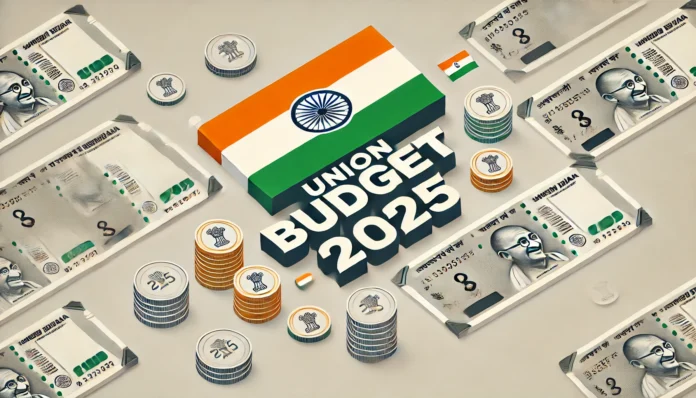Infrastructure Investment to Fuel Economic Growth in India 2025-26 Union Budget
In the upcoming 2025-26 Union Budget, the Indian government is set to prioritise infrastructure investment as a cornerstone for driving economic growth. This fiscal year, a significant portion of the government’s expenditure is aimed at reinforcing the nation’s infrastructure sector, with a focus on projects that will stimulate employment, enhance productivity, and bolster long-term sustainability. The commitment to infrastructure development is expected to play a pivotal role in India’s efforts to achieve sustainable growth and economic stability in the post-pandemic era.
A significant uptick in the government’s allocation to infrastructure projects is expected in key areas, including transportation, urban development, and renewable energy. The aim is to not only enhance the existing infrastructure but also to lay the foundation for future growth, especially in rural and semi-urban areas. A push for digital infrastructure, as well as the development of highways, metro systems, and ports, is expected to receive a major portion of the fiscal outlay. This investment will generate employment opportunities, address regional disparities, and create a multiplier effect that will benefit various sectors of the economy.
The move to ramp up infrastructure spending is in alignment with India’s ambitious economic growth targets. Analysts predict that a well-executed infrastructure plan will boost GDP, stimulate business activity, and improve the ease of doing business. By improving connectivity, easing the movement of goods, and providing better public services, the infrastructure projects will create an environment conducive to economic growth. Moreover, this push for infrastructure is expected to attract private sector investments, particularly in urban development and renewable energy, where there is a growing appetite for sustainable and technologically advanced projects.
Sustainability: A Key Focus of Infrastructure Development
One of the defining features of the government’s infrastructure plans is its emphasis on sustainability. The Union Budget 2025-26 is expected to support green infrastructure initiatives that align with India’s climate commitments under the Paris Agreement. Renewable energy infrastructure, including solar parks and wind energy projects, is expected to be a key focus. Additionally, the government is anticipated to allocate funds for the development of green buildings, eco-friendly public transport systems, and the promotion of energy-efficient technologies in urban planning.
The increased focus on sustainable infrastructure comes at a time when the world is grappling with the effects of climate change. India, as a rapidly developing nation, has the unique opportunity to embrace low-carbon technologies and incorporate sustainability into its growth narrative. By investing in renewable energy sources and energy-efficient infrastructure, the government aims to create a lasting impact on the environment, reduce carbon emissions, and make cities more resilient to climate change.
Challenges and Opportunities for Urban and Rural Growth
While the focus on infrastructure spending is laudable, there are challenges that need to be addressed to ensure effective implementation. One of the key hurdles is the need for better coordination between central and state governments, as well as efficient project management. Additionally, urban areas, which often receive a significant share of the infrastructure pie, must ensure that developments are inclusive and benefit all segments of the population. As India’s urban population continues to rise, addressing issues like housing shortages, water management, and waste disposal will be crucial.
On the other hand, rural areas also stand to gain significantly from this infrastructure push. Improved roads, electrification, and access to digital services will help bridge the urban-rural divide. With a substantial focus on rural development, the government can address critical issues like access to healthcare and education, while also boosting agricultural productivity through better logistics and irrigation infrastructure.
Conclusion: A Future-Oriented Budget for Growth and Sustainability
The infrastructure-focused 2025-26 Union Budget is more than just a set of financial commitments; it represents India’s long-term vision for growth, sustainability, and inclusivity. By prioritising infrastructure, the government is laying the groundwork for economic prosperity while addressing pressing civic issues, such as urban congestion, rural development, and climate change. With a focus on creating a resilient, green, and equitable infrastructure landscape, India is poised to take significant strides towards achieving its goal of becoming a $5 trillion economy.
As the government moves ahead with these plans, it will be crucial for all stakeholders, including private enterprises, state governments, and citizens, to collaborate effectively to ensure the success of these initiatives. The successful implementation of the infrastructure agenda will not only fuel economic growth but also pave the way for a more sustainable and inclusive future.



